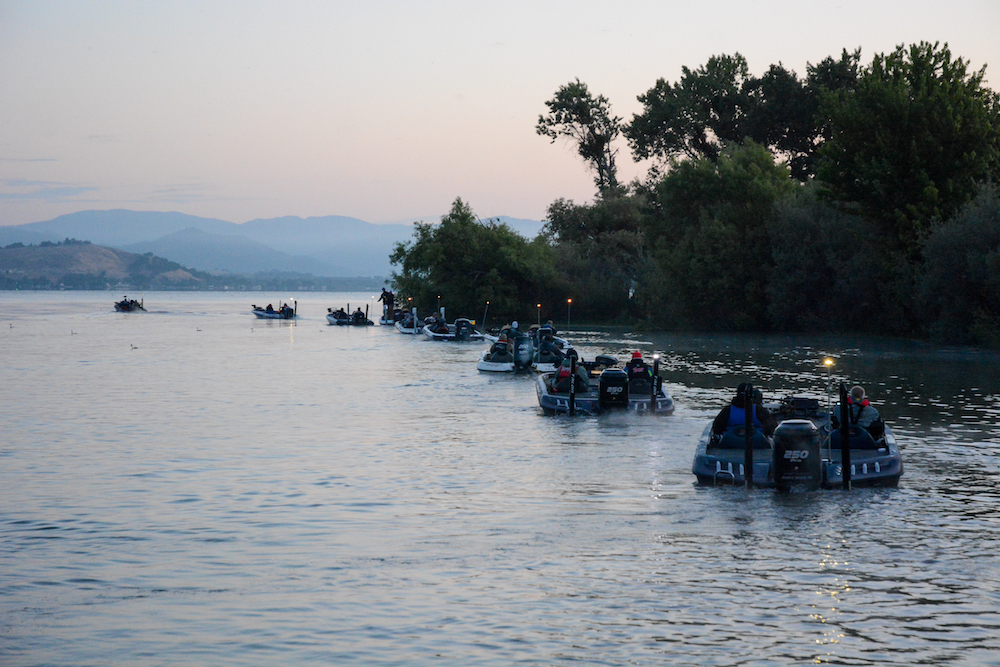
[43,785 acres] After falling out of the top spot for the past two years, California’s largest natural lake is the best in the West once again. And with one of the wettest springs in history putting an end to a multiyear drought, Clear Lake will only get better as 2023 progresses. Plenty of flooded vegetation providing ideal habitat, with an abundance of baitfish keeping hungry bass well fed, makes this the place to go for that limit of a lifetime. And largemouth in the 8- to 10-pound class, which are practically common here, offer many a great opportunity to catch your personal best. In six of 11 tournaments surveyed, the winning angler had limits with bass averaging 5 or more pounds apiece. Big fish at a NewJen Bass TOC in late January, American Bass contests in March and April and a Best Bass Tournament Trail event in April tipped the scales at 10.78, 10.13, 10.86 and 11.85 pounds, respectively.
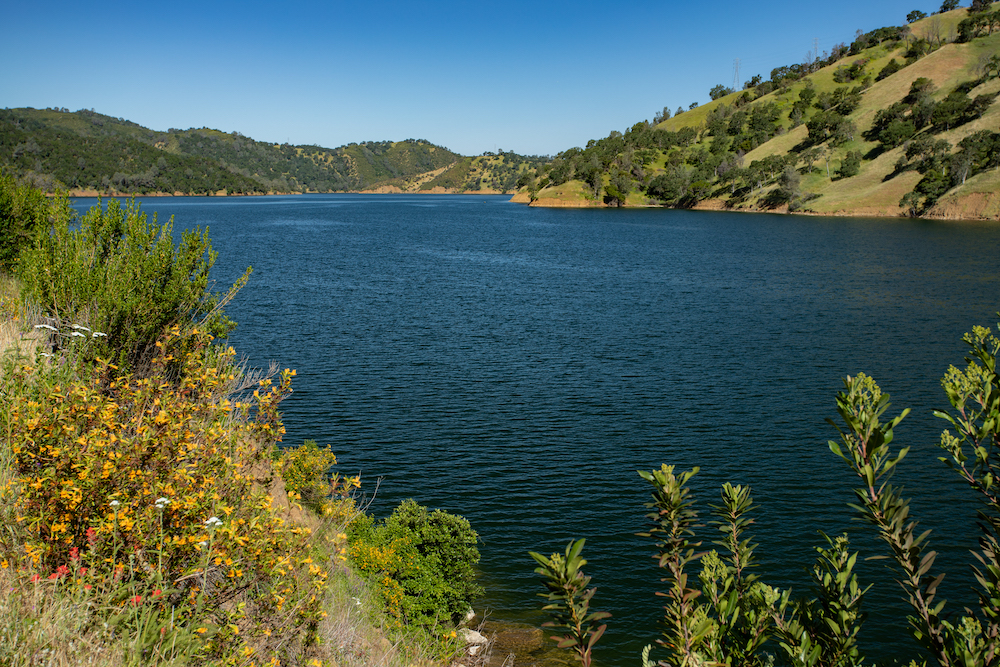
[20,700 acres] Berryessa has historically been one of the West’s top waters, but it’s been six years since this gem made the top three. Dramatically fluctuating water levels, combined with below-average rainfall, were the likely culprits in the lake’s declining bass fishery. But thanks to improving conditions, Berryessa has reclaimed its reputation. The quality of this destination’s bass was demonstrated at an Angler’s Press Future Pro Tour event in February under tough conditions in which only 18 of 63 teams brought limits to the scales. The top team at that one weighed 30.73 pounds, including a 10.44-pound big bass.
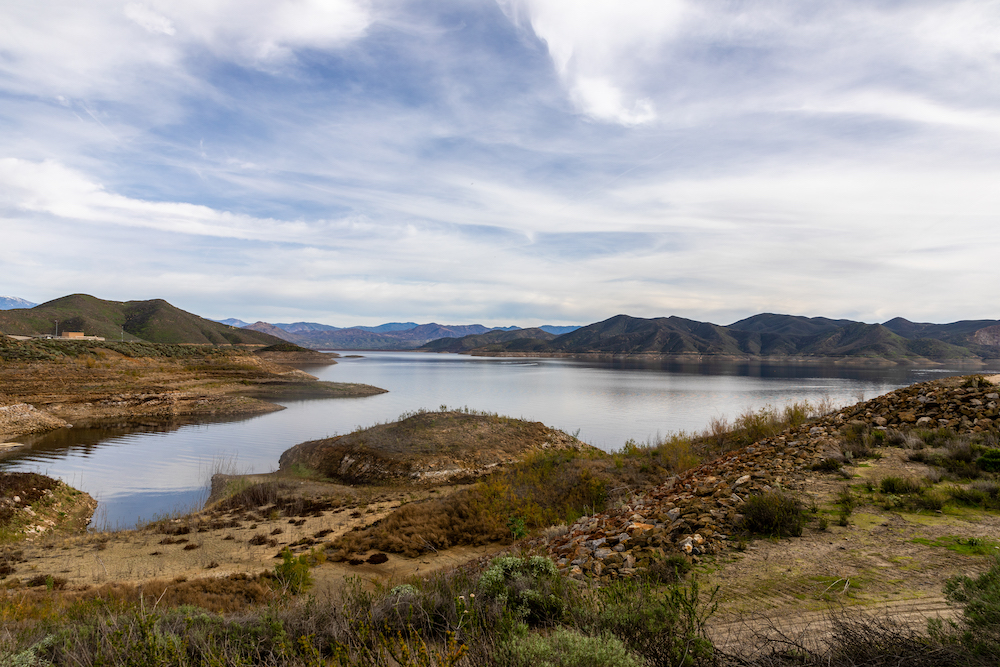
[4,500 acres] At less than 100 miles from downtown Los Angeles, you may not expect Diamond Valley to be one of the preeminent Western bass fisheries. But thanks to the California Department of Fish and Wildlife’s management of the lake, that’s exactly what it has become. Although the average weight of limits here has declined over the years, it remains worthy of this top position at 21.72 pounds. One of the largest was five bass weighing 27.37 that netted the win at a National Bass West Team Trail contest in March. Big fish was 7.16 pounds.
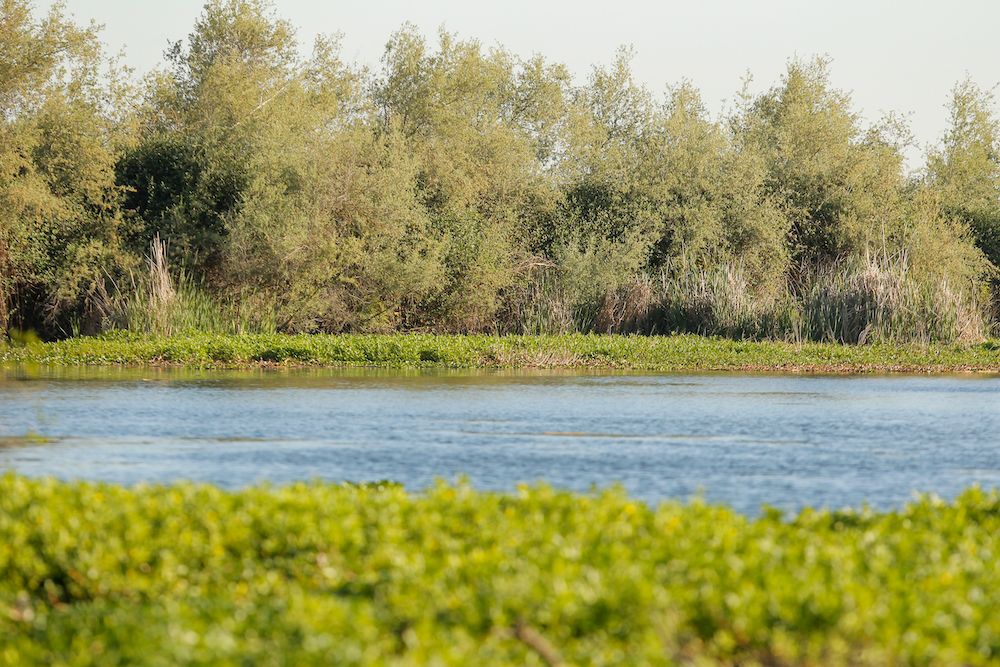
[1,100 square miles] The California Delta’s network of winding rivers and sloughs took a small step backward this year in terms of both the average and biggest bass caught, but this largemouth fishery is still one of the best west of the Rockies. Whether you prefer targeting quality bass in weed-choked shallows, around submerged wood or along rocky banks, this place has something for everyone. It took 24.90 pounds to win an April NewJen Bass team tournament. There were nine fish over 6 pounds, including an 8.53 monster.
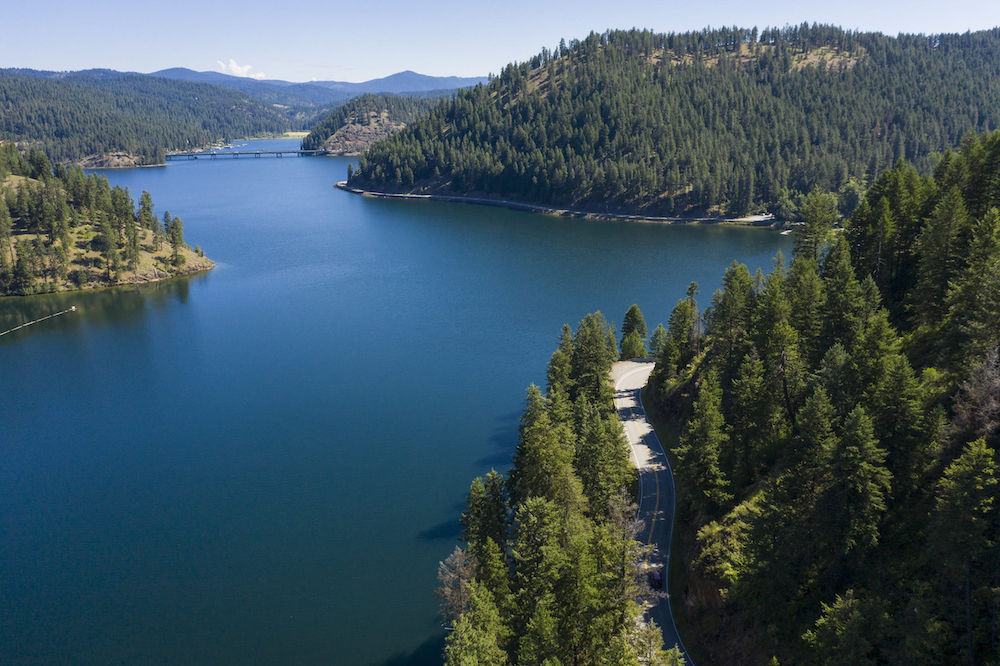
[31,487 acres] Coeur d’Alene is a glacial lake with relatively cold waters, so its bass shouldn’t be expected to get big. But a diversity of habitat, including shallow areas that warm during late spring and summer, allows just enough time for its smallmouth and largemouth to grow to above-average proportions. They get so large, in fact, that this lake is consistently rated the top bass fishery in Idaho. During an April Panhandle Bass Anglers team open, the winners weighed 25.45 pounds. Three fish over 7 pounds were caught during the event.
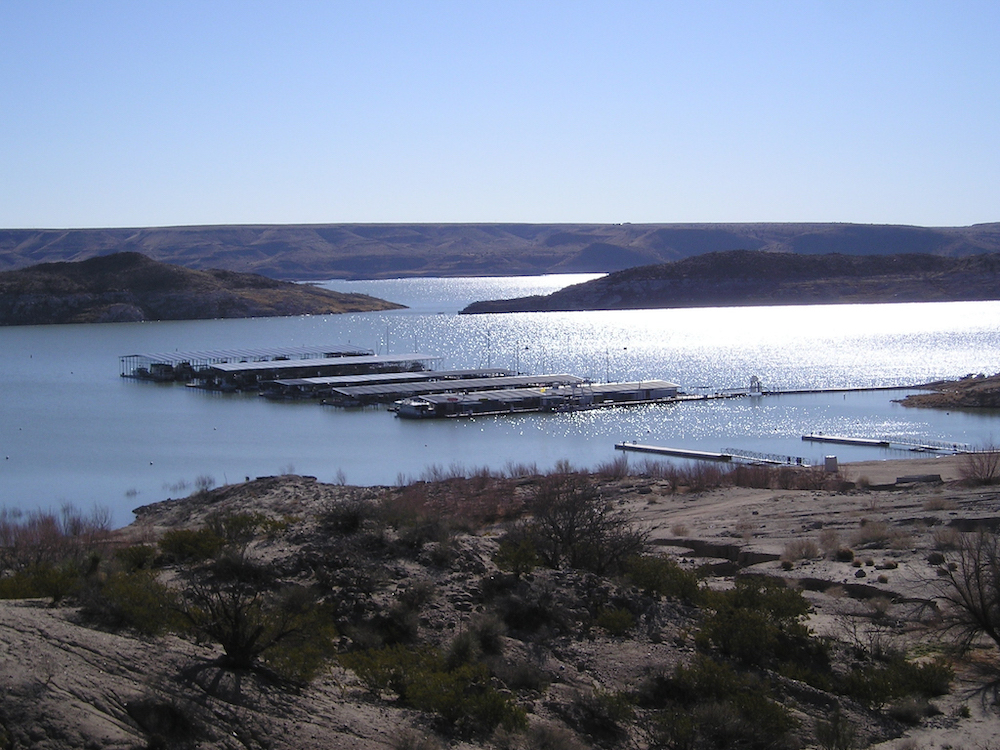
[36,500 acres] Elephant Butte hasn’t made our list since 2019, but steadily improving conditions have brought it back in a big way. New Mexico B.A.S.S. Nation President Brian Stangel claims it’s one of the state’s top three fisheries. And though it can be tough catching limits here, it’s the size of the bass that put this place back on our list. The average fish at the tournaments we surveyed was 4.5 pounds. And there are trophies available, too, with 7.36- and 6.18-pounders caught during American Bass contests in March and April.
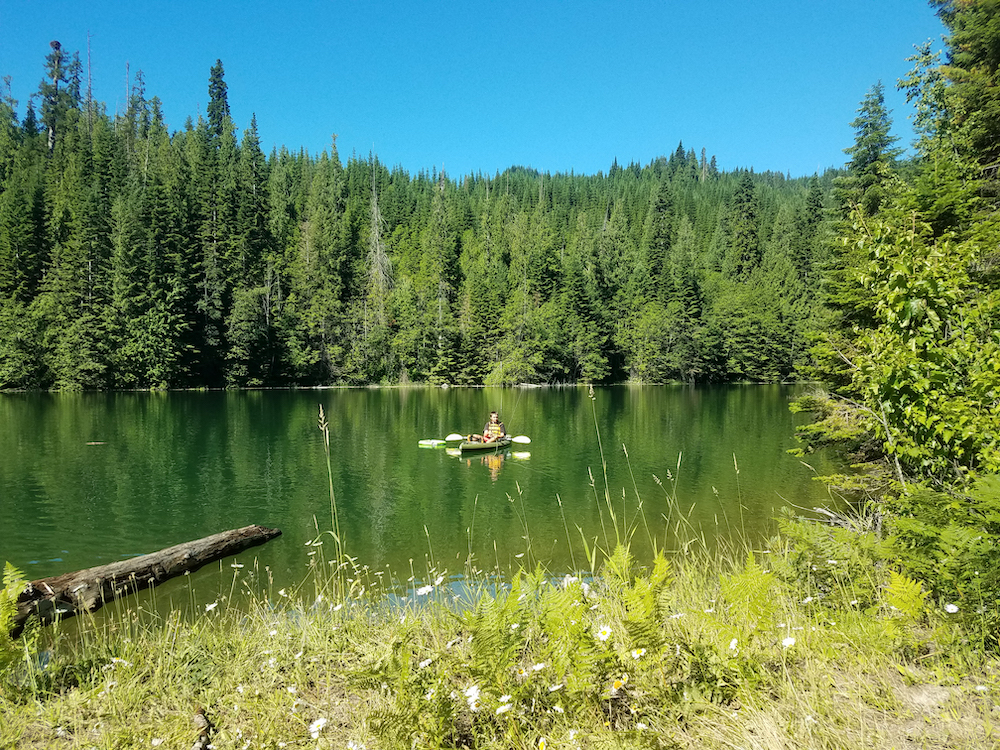
[17,090 acres] Some consider Dworshak the smallmouth capital of the West. Why? Because the fish here get big — and they’re getting even bigger. An Idaho Fish and Game report in March attributes the improvement to growing kokanee populations made up of smaller fish, with a drop in the size of kokanee translating into more prey available to smallies. This explanation was supported last year when the state catch-and-release record was broken in May with a 23.5-inch bass, then again in December with a 23.7-inch fish.
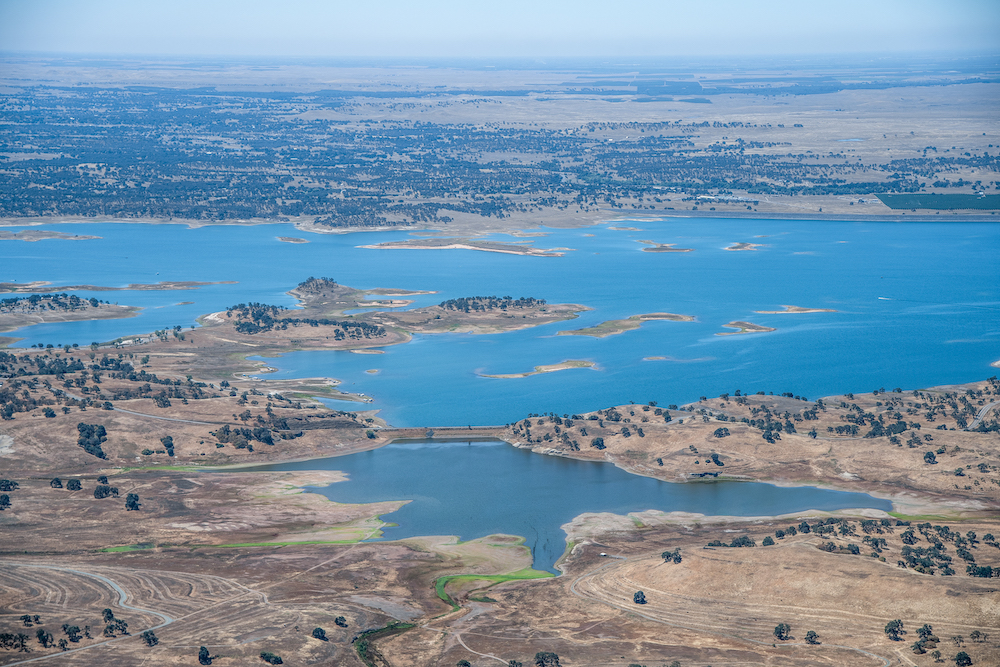
[7,700 acres] Camanche has come close to making our list several times, but some true trophies put it over the top this year. There’s good smallie fishing here, but it’s the big largemouth that attract most anglers. Florida-strain fish, stocked as fingerlings, grow fast once they’re big enough to eat some of the 50,000 pounds of trout dumped into these waters annually. A 9.11 big fish at an American Bass event in March is certainly an example, but the 12.80-pounder caught by a recreational angler in April really drives the point home.
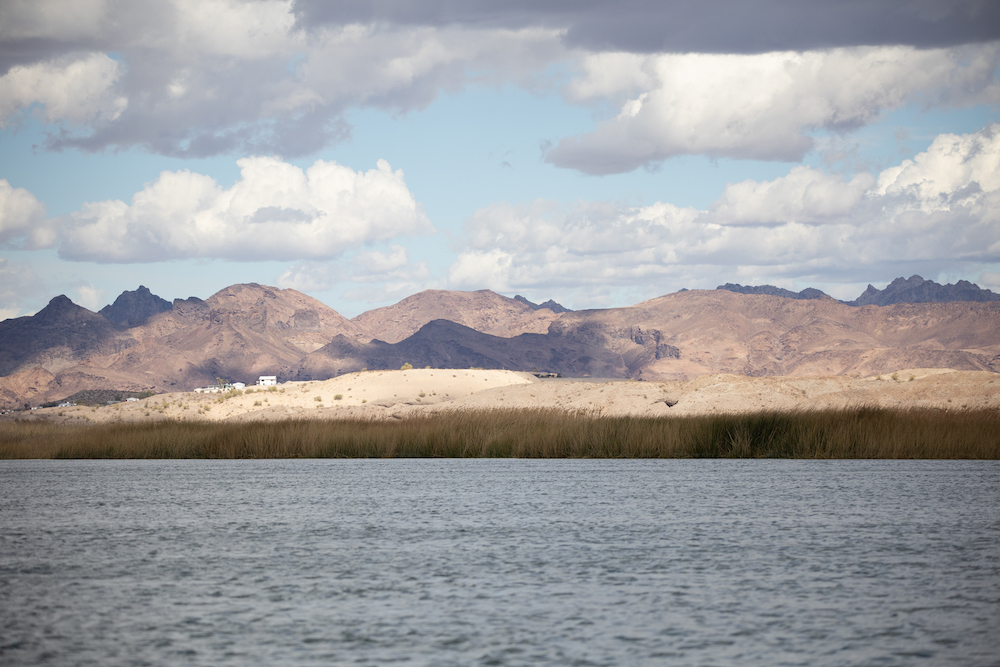
[19,300 acres] When Havasu was created by Parker Dam, it wouldn’t have come close to making our list. Its waters were for the most part barren, and there wasn’t much of a food chain. That changed, however, in the early 1990s when resource agencies began a fisheries improvement program. Today, Havasu is at its prime with great largemouth and smallmouth fishing. It often takes limits of 3- to 4-pound bass, with at least one kicker, to win here. Of the tournaments we surveyed, 83% reported a big fish of over 6 pounds.
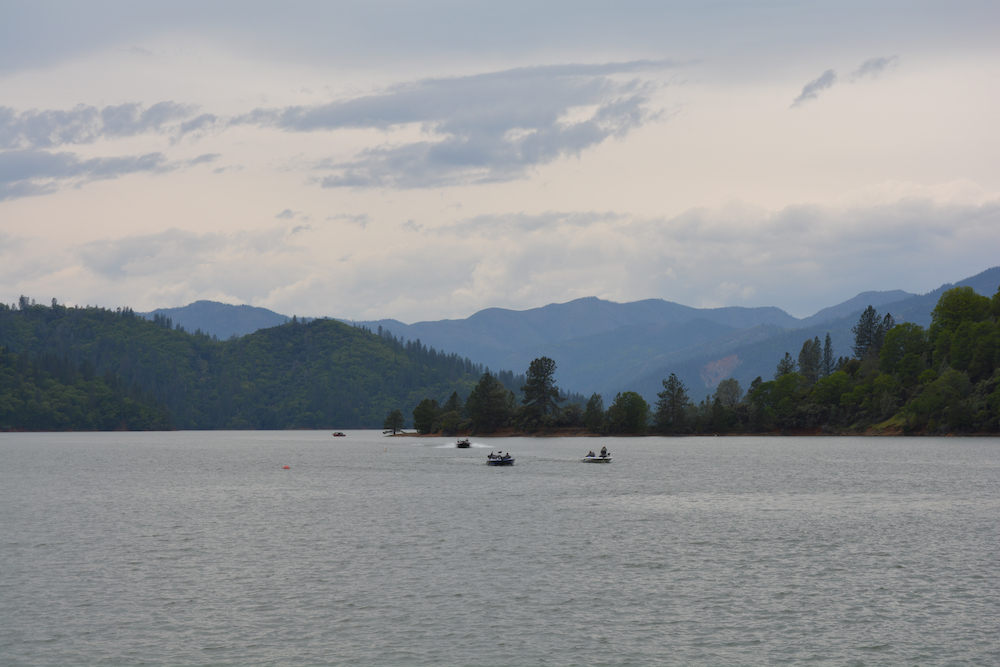
[30,000 acres] It takes a lot of water to fill the Golden State’s largest man-made reservoir. And as a result, it was hit hard by the most recent multiyear drought. Shasta, however, is a resilient body of water, and it’s been inching its way back toward its former status as one of the best in the West. Limits pushing 20 pounds are starting to show up at the scales again, and this year’s above-average rain and snowpack will go a long way in making them more common. In January, it took 19.05 pounds to win a shortened one-day NewJen Bass Pro-Am.
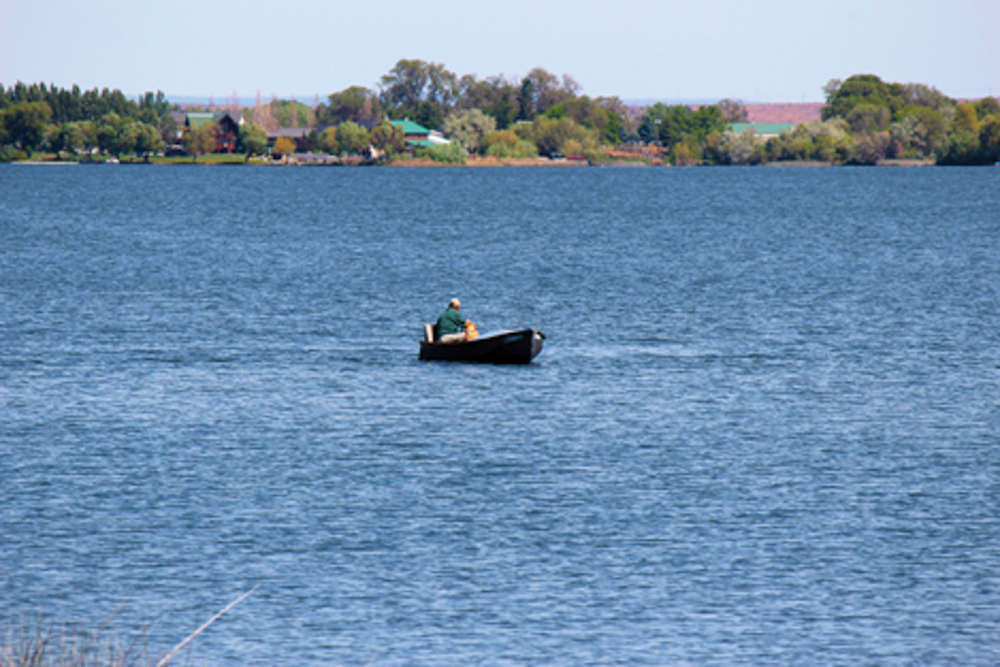
[6,800 acres] Moses’ claim to fame is the large number of 10-pound-class walleye swimming its waters. But according to the Washington Department of Fish and Wildlife, there are plenty of smallies here, too, with a few big largemouth available if you know where to look. Twenty-plus-pound limits are common, with each of the contests we surveyed exceeding that mark. One of the biggest bags came during a Northwest Bass tournament that was won with 22.84 pounds. There were 10 fish over 5 pounds weighed in at that one.
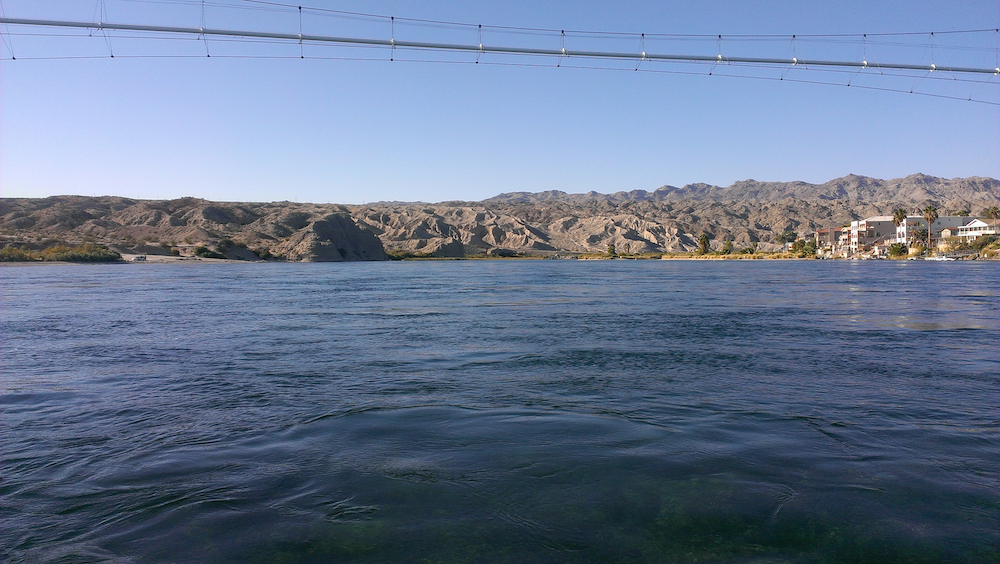
[76 miles from Blythe to Imperial Dam] River fishing isn’t common in the West, but this scenic reach of the lower Colorado is as good as any lake or reservoir. The Imperial Dam, straddling the river at 21 miles northeast of Yuma, creates lots of fish-holding backwaters, small tule-lined lakes and twisting side channels well suited to bass. A variety of techniques will catch hefty limits here thanks to the diversity of habitat. It took 20 to 23 pounds to win American Bass events during each of the first four months of the year.
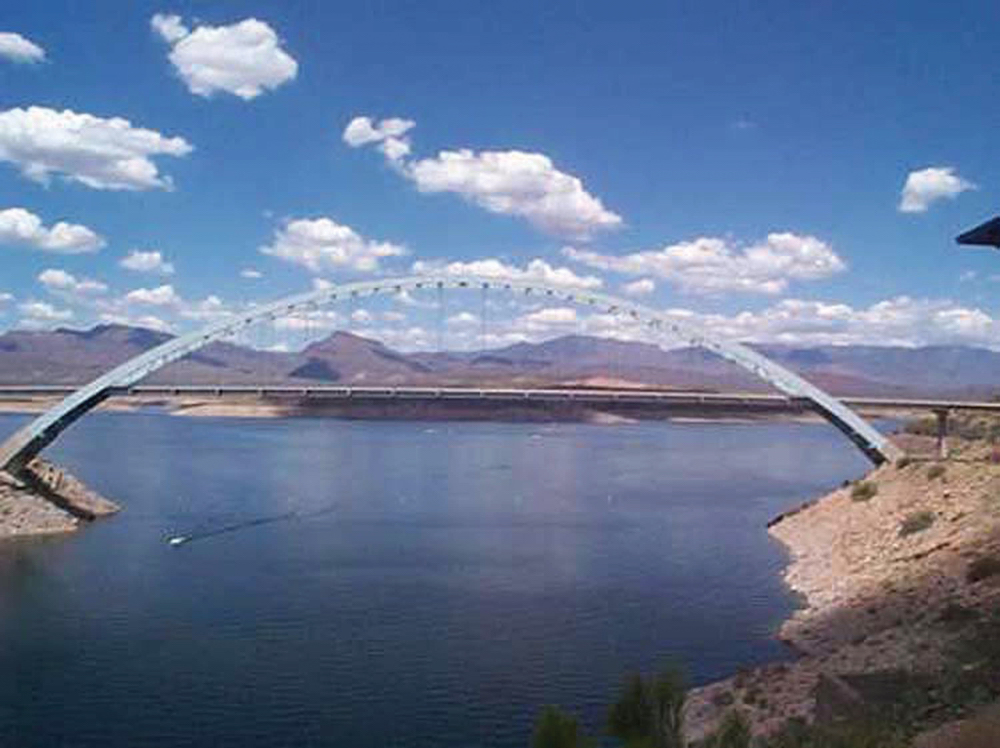
[21,493 acres] As far as legendary bass factories go, Theodore Roosevelt Lake was one of the best for trophy fish. But double-digit largemouth and smallies over 6 pounds became rare following the introduction of gizzard shad and habitat losses. Fortunately, a habitat-enhancement project and increasing numbers of big bass have kept Roosevelt on our list. Arizona B.A.S.S. Nation President Justin Renninger says that it remains one of the top three bass destinations in his state. A 7.36-pound bass took big-fish honors at an American Bass event in March.

[1,360 acres] This relatively small, deep reservoir is only an hour’s drive from Los Angeles, so expect lots of company when here. You’ll minimize the number of recreationalists you have to share the water with by going on a weekday. The average-size bass at Pyramid isn’t especially notable, but a good shot at a big fish makes it worth putting up with the crowds. We surveyed 11 tournaments here, and all but one was won with under 20 pounds. Big bass at 75% of them, however, was over 5 pounds, with the largest weighing 7.46 pounds.
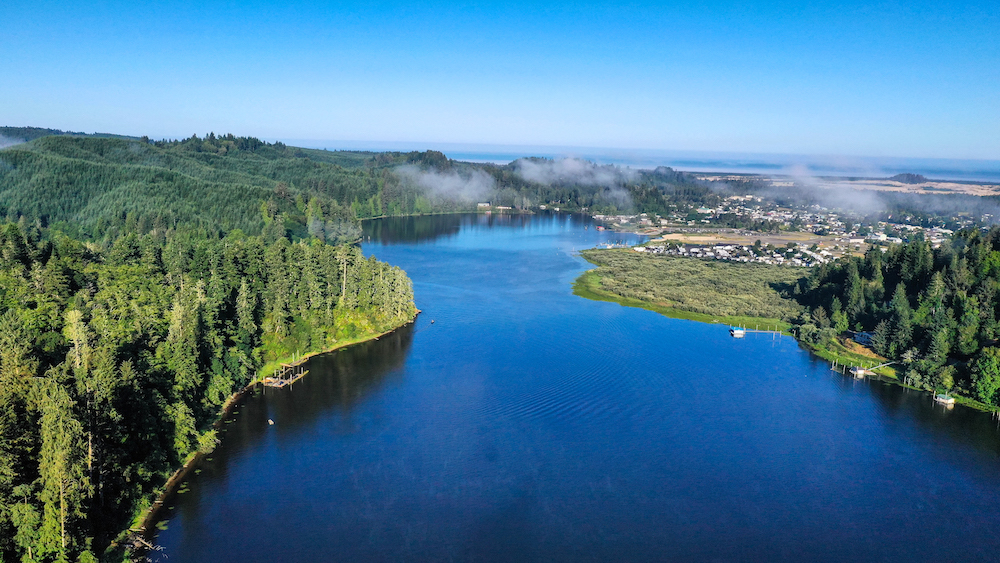
[1,626 acres] During the early 20th century, this pair of connected coastal lakes supported excellent cold-water fisheries for cutthroat trout and steelhead. Over the years, however, farming and logging contributed to high siltation rates, transforming Tenmile into a shallow, warm-water haven for largemouth. Today, its many arms, inlets and bays, with an abundance of vegetation and structure, provide ideal conditions for Oregon’s premier bass fishery. At an Umpqua Valley Bassmasters event in April, it took 22.74 pounds to win here.
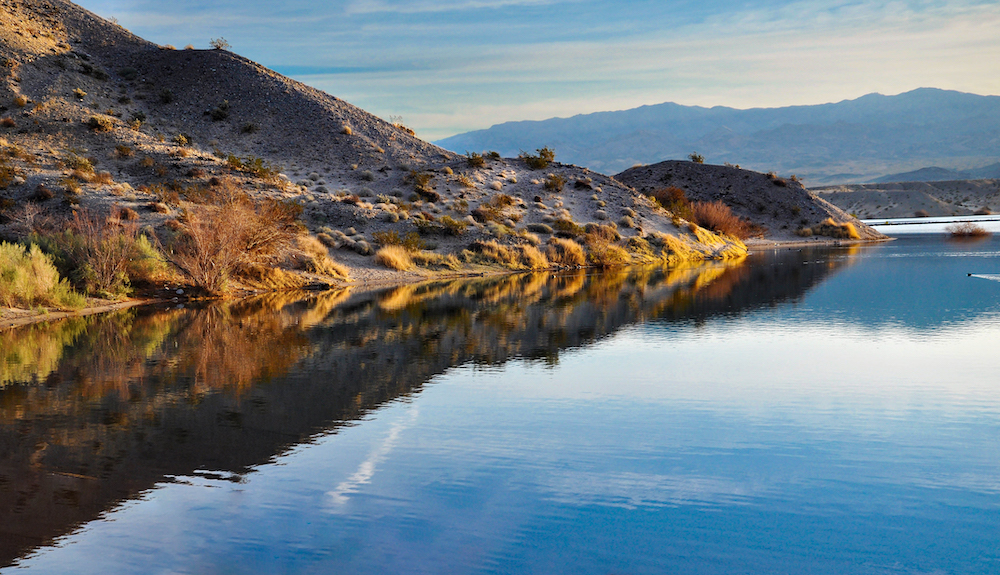
[26,500 acres] The banks lining Mohave’s upper riverine and wider lower reaches are steep, with little aquatic vegetation for those preferring to fish cover. But this rocky Colorado River impoundment, with loads of quality bass, is ideal for targeting structure. Kenneth Cleveland, California B.A.S.S. Nation president, says Mohave is one of his picks for the West’s Top 5 fisheries. Our data ranks it slightly lower. The average bass in the nine events we surveyed was about 4 pounds, while they all had big fish in the 5- to 6-pound class.
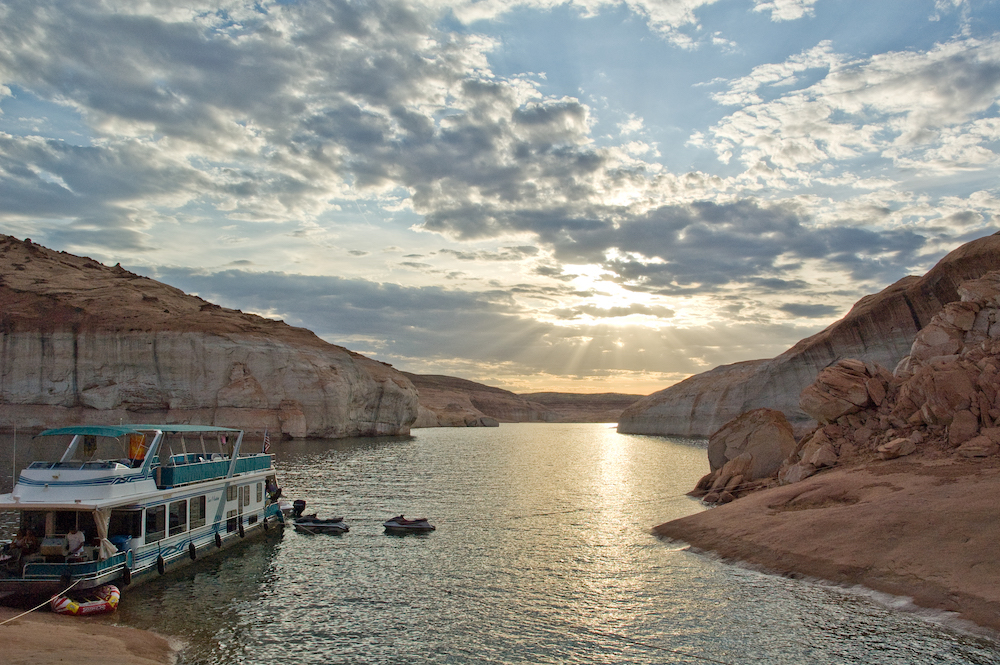
[108,335 acres] The West’s drought has hit Powell hard, with water levels at historic lows heading into the current year. And although the lake should rise 50 feet with an exceptional snowpack, it won’t exceed 40% of its capacity. While the system’s water crisis will continue, the newly flooded habitat should improve the fishing. Powell is a numbers lake, with the 50-plus bass days that it’s known for not expected to change. The average bass caught by the winners at 10 events this year was only 2.98 pounds. But all reported lots of action.
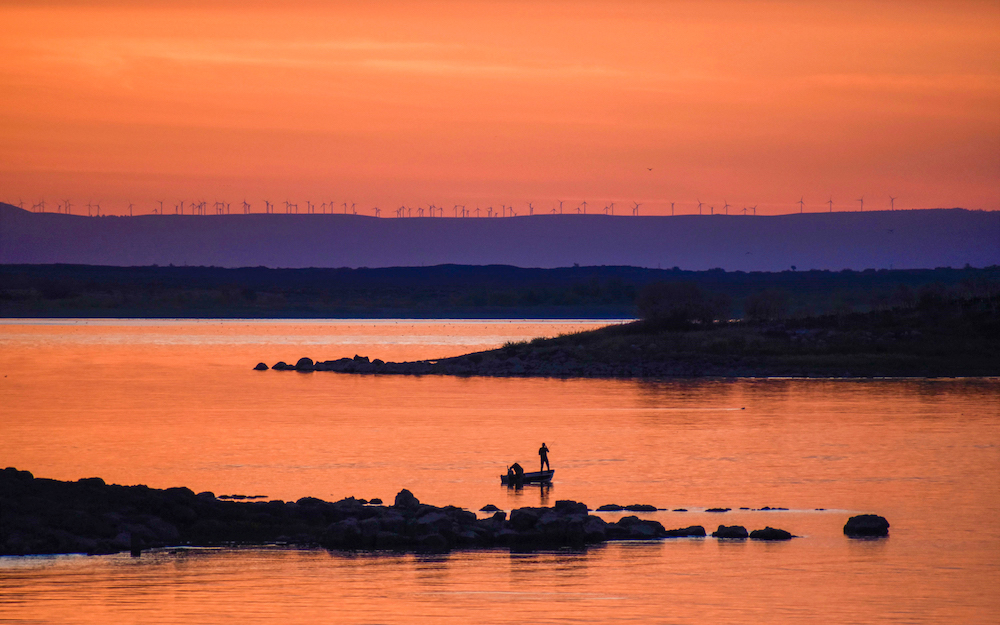
[27,800 acres] The Bureau of Reclamation controls the water in Potholes, and it began its 2023 irrigation releases in early March. The resulting rapid changes in reservoir elevation, that occur without warning, usually make fishing tough. But the low water benefits bass by allowing willow and other vegetation to grow, creating great largemouth habitat. There is also lots of rocky smallmouth structure to the east and south. It took 19.12 to win the Columbia Basin Bass Club’s John Lawson Memorial team event in March.
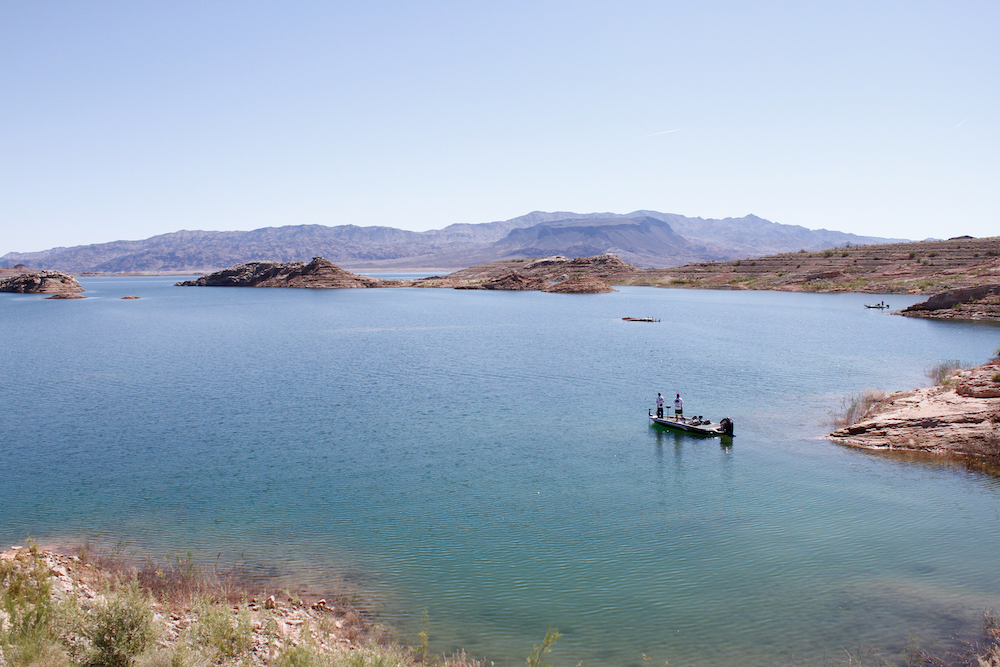
[158,080 acres] Mead is the nation’s largest reservoir, and the Colorado River Basin lake has suffered greatly from the recent mega-drought. Though the fishing has held up during the historic low-water levels, this year’s record rains and snowpack will go a long way in improving conditions. The Bureau of Reclamation now predicts that Mead will rise 33 feet more than it first thought, which should keep the largemouth and smallies biting. The winners of a February Ultimate Bass Team Tour tournament proved that with their 6.31 big fish.
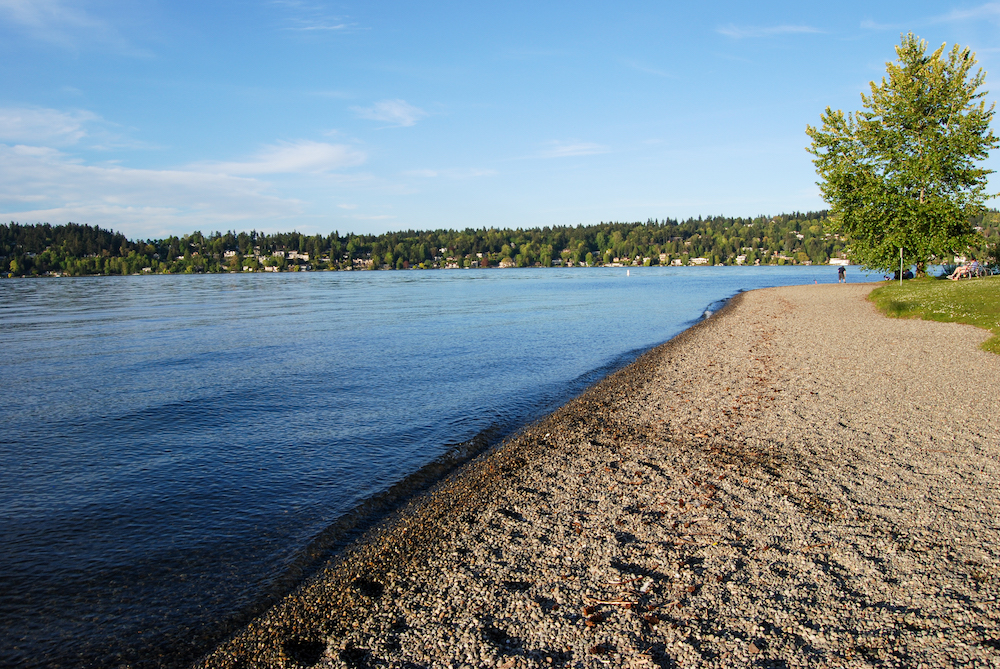
[21,934 acres] Smack-dab in the middle of the Seattle metropolitan area, it’s hard to envision the state’s second-largest natural lake as a bass fishing mecca. And historically it wasn’t, with sockeye salmon dominant through the late 1980s. But urban sprawl, changes in water quality and prey, and the introduction of exotic plants and fish combined to create one of Washington’s best bass fisheries, with smallmouth outnumbering largemouth. The top team at the Washington Bass Club’s Mike Albertson Open won with 19.14 — all smallies.
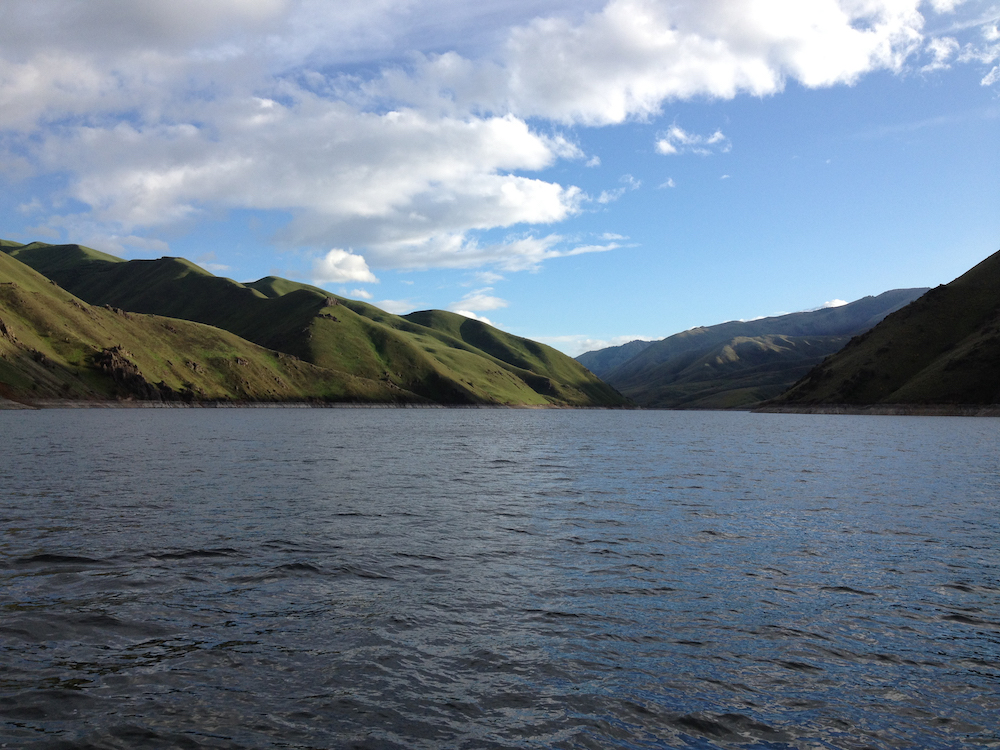
[15,000 acres] Some feel that the largest and most upstream reservoir created by the Snake River’s three-dam Hells Canyon Complex offers the Pacific Northwest’s best bass fishing. But water releases here are a key part of averting flooding out Portland, and the dropping waters can make the fishing challenging. Once things stabilize, however, the smallmouth at Brownlee are hard to beat. There’s good largemouth fishing, too. The champs at a tough March Snake River Bassmasters contest with only 14 limits had 18.23 pounds of smallies.
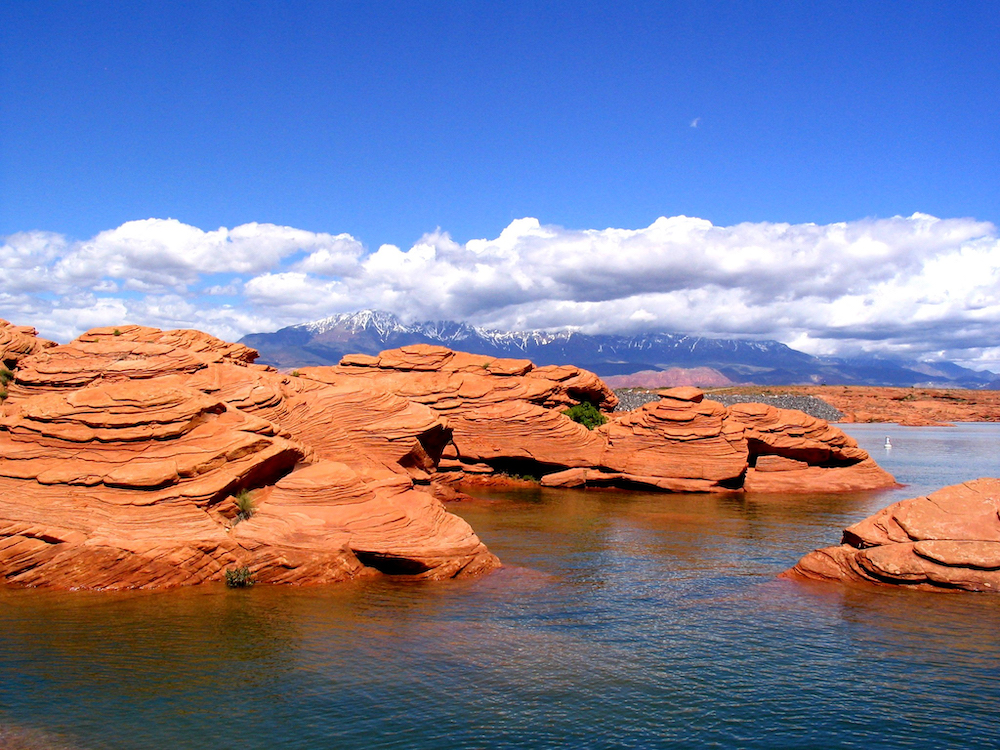
[1,300 acres] The state park here is the most visited in Utah, and you can bet that lots of those visitors are anglers chasing the reservoir’s big largemouth. Craig Walker, the Utah Division of Wildlife’s assistant chief of fisheries, says Sand Hollow is one of the state’s top bass waters. And it’s both a numbers and trophy producer. Special regulations allow six bass creels, with only one over 12 inches. Ten- to 30-fish days, with one over 5 pounds, are routine. The winners at the events we surveyed had fish averaging almost 3 pounds, with the biggest going 5.84.
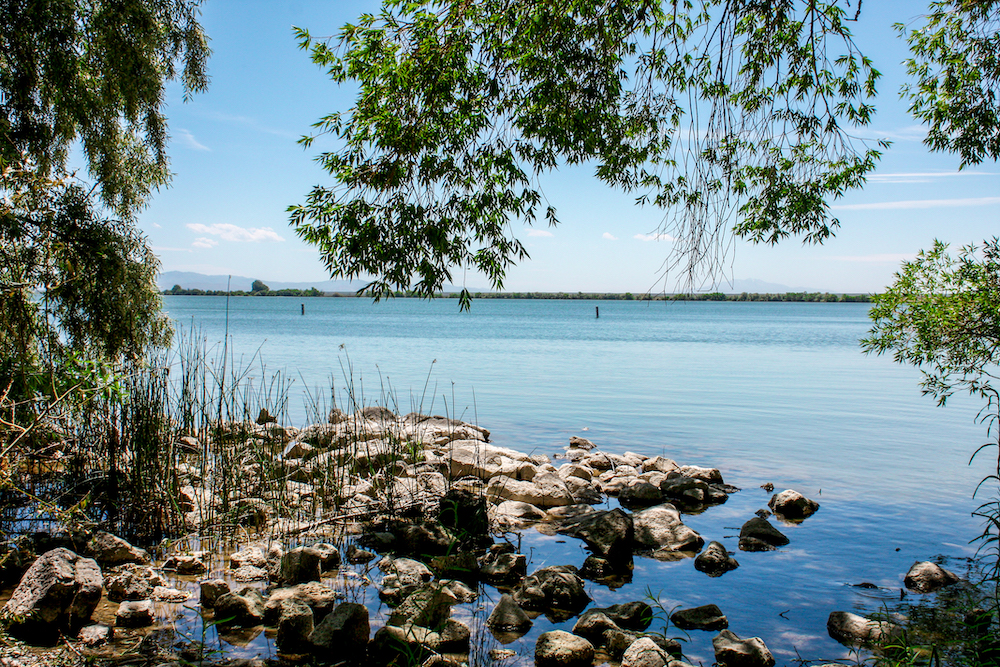
[107,240 acres] At the edge of Idaho’s high desert, within the Minidoka National Wildlife Refuge, this Snake River reservoir isn’t talked about much. And although it has both largemouth and smallmouth, it’s the big smallies that helped it make our list this year. Time your trip right and you’ll likely hook into a couple dozen bass averaging 3 1/2 pounds, with a good shot at one in the 5- to 6-pound class. The champions at a Mini Cassia Bassers event held in April weighed five fish totaling 18.68 pounds. Big bass at that one tipped the scales at 5.10.
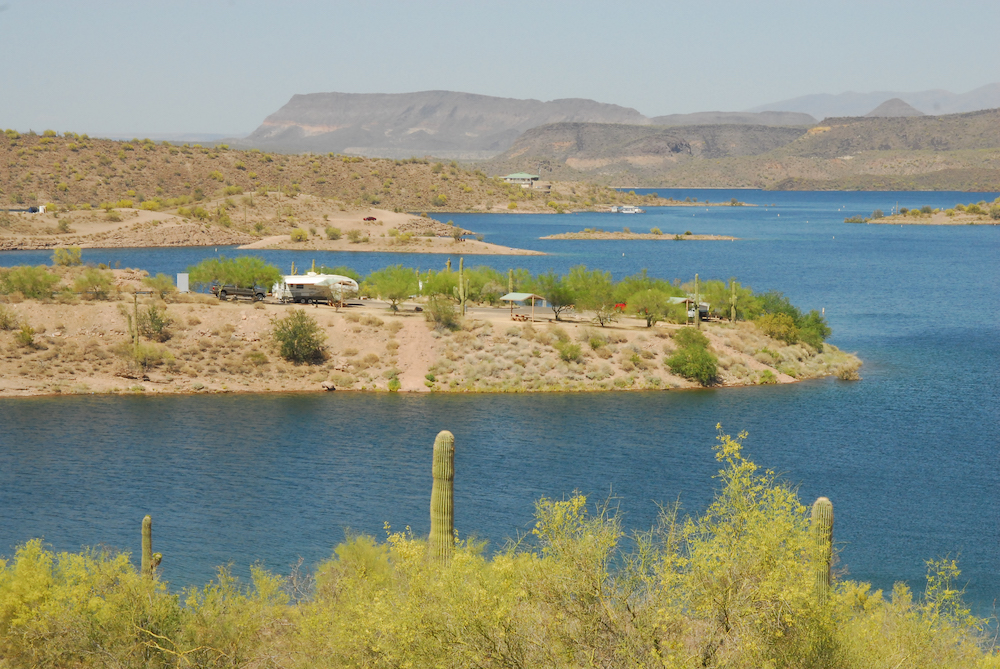
[12,040 acres] This was once one of the best largemouth lakes in Arizona. But due to the introduction of striped bass in the late 1990s, which have ruined the threadfin shad population, the black bass fishing has declined. Efforts by Arizona Game and Fish to put more focus on catching stripers have been improving the largemouth fishing over the past several years. Although the average size is still nothing to speak of, they’re seeing more trophies. The biggest bass at a Midweek Bass Anglers team tournament in January was 6.85 pounds.
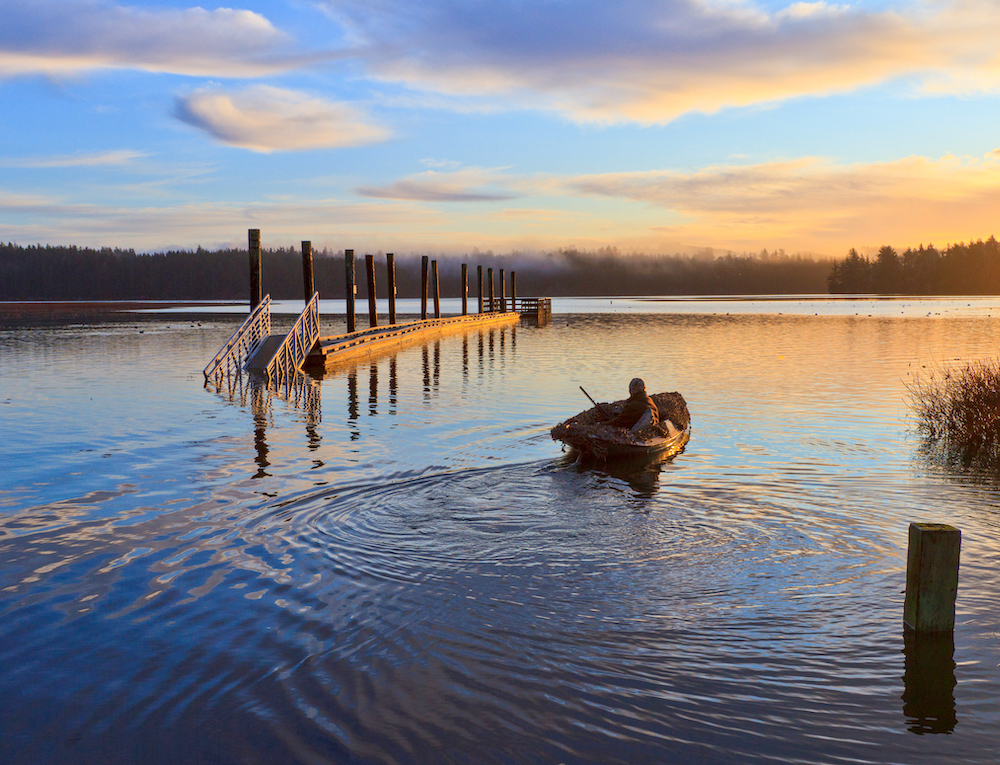
[3,164 acres] Western coastal lakes in the northern portion of the country are typically not well suited to growing bass. But Siltcoos, although on the colder side, is an exception thanks to its nutrient-rich water in which aquatic vegetation thrives. Add an abundance of submerged trees and dropoffs, and the lake’s largemouth thrive. You won’t find many trophies here, but for a steady diet of 3- to 4-pound fish, this is the place to be. While big bass at an April Umpqua Valley Bassmasters event was only 4.83, the winners weighed in an 18.10-pound limit.




